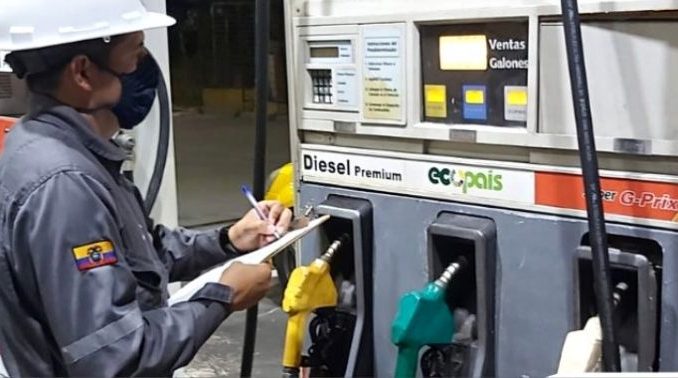
Extra gasoline in Ecuador costs USD 2.28 per gallon; While in Colombia, which does not subsidize fuel, it costs USD 2.21, in Bolivia it costs USD 2.05. With this, it would be revealed that in Ecuador there is no longer any type of subsidy on this fuel, which is used in private cars.
Oswaldo Erazo, executive secretary of the National Chamber of Petroleum Derivatives Distributors of Ecuador (Camddepe), mentioned that despite the fact that the price of gasoline in Ecuador is no longer subsidized, the company Petroecuador reported a subsidy of USD 0.23 and USD 0.40.
“It is striking that fuel prices increase at international prices, but as a counterpart, their quality should be at an international level. Neither is the destination of the savings due to the reduction of subsidies indicated “.
In addition, Ecuador has a surplus in price compared to gasoline from Colombia, which has a higher quality and where crude is not subsidized.
The standard that measures effectiveness based on emissions is the Euro standard. In Colombia the Euro 4 rules and in Peru, the Euro 3; however, gasoline in Ecuador reaches Euro 1.
According to the Association of Automotive Companies of Ecuador, the INEN standards that govern Ecuador have a delay of 20 years, which prevents quality controls.
On the other hand, Decree 95 by President Lasso on the country’s hydrocarbon policy does not mention the quality of fuels. Together, Decree 1158 of the previous Government indicates that private companies that want to import derivatives must comply with the Euro 5 standard, but leaves out the state-owned Petroecuador.
The price of fuels is regulated according to the band system, established since May 2020. The system gradually increases the cost of fuels on the 11th of each month. The objective of the decree is to eliminate subsidized gasoline until international prices are reached.
Diesel and the targeted subsidy
Until August 31, technical tables must be established, by type of transport, to determine the targeting routes, according to gasoline volumes and specific values, since heavy and public transport will not have the same subsidy. Even within the transport service, it will be considered whether the car picks up urban, intercantonal and interprovincial and rural passengers, as well as taxis.
Meanwhile, the price of diesel in Ecuador is USD 1.60, while in Colombia it costs USD 2.18, in Peru it is USD 2.90, considering that in this case, crude oil does not even reach the lowest Euro standards. However, Petroecuador reported that it subsidizes USD 0.80, so without the subsidy the price would be USD 2.40, even with its poor quality.

Be the first to comment